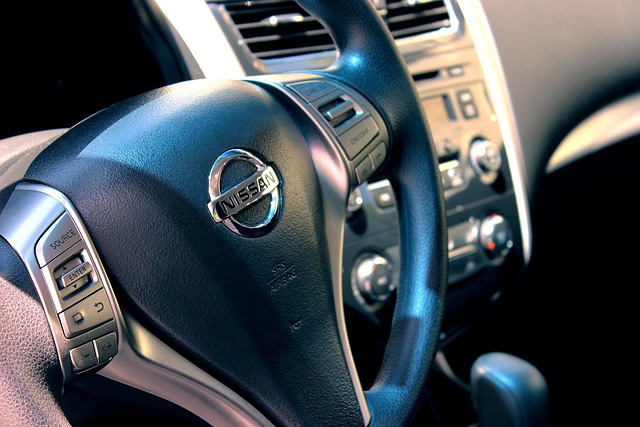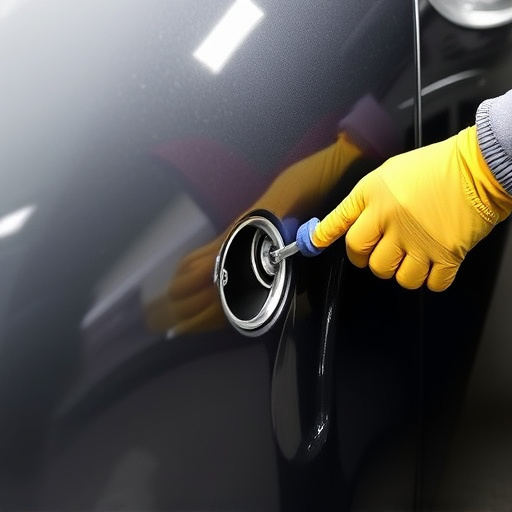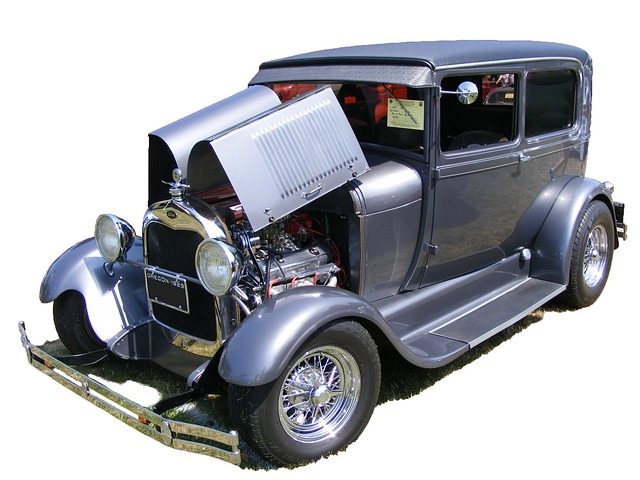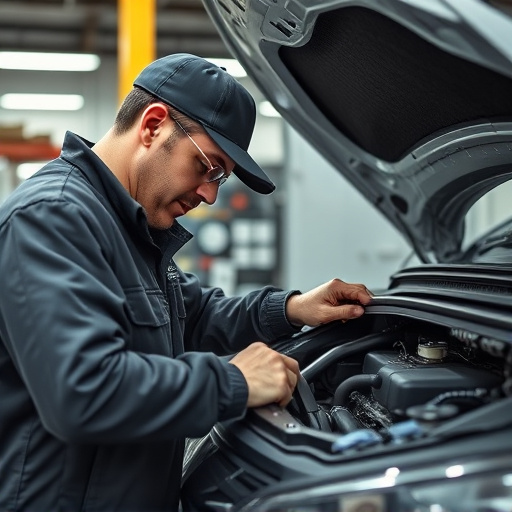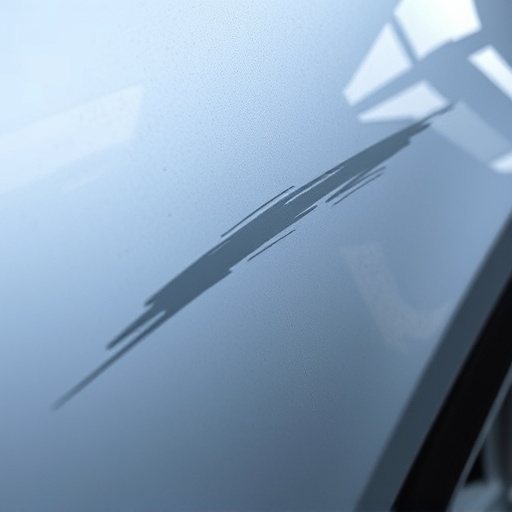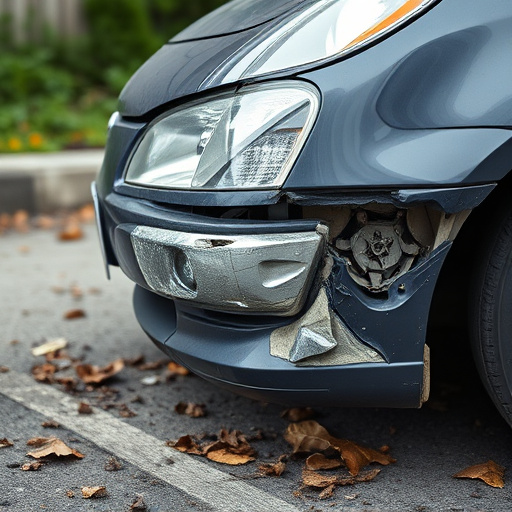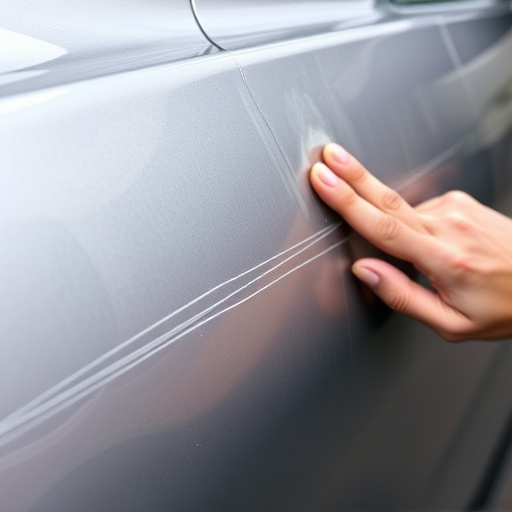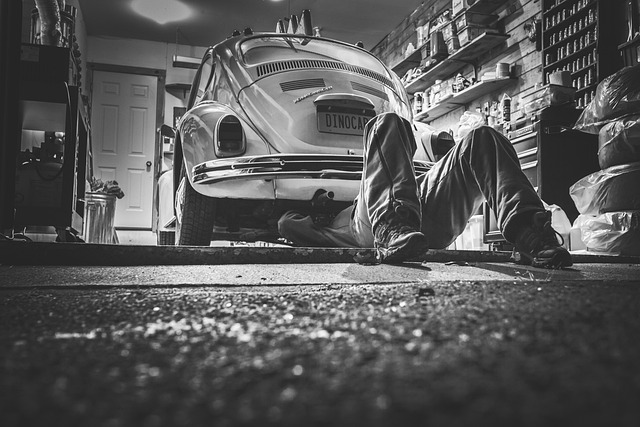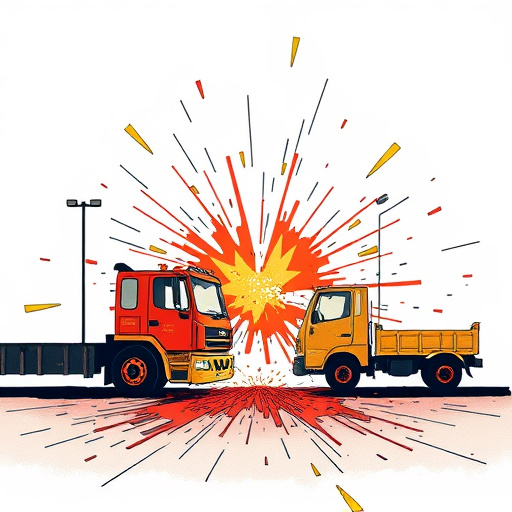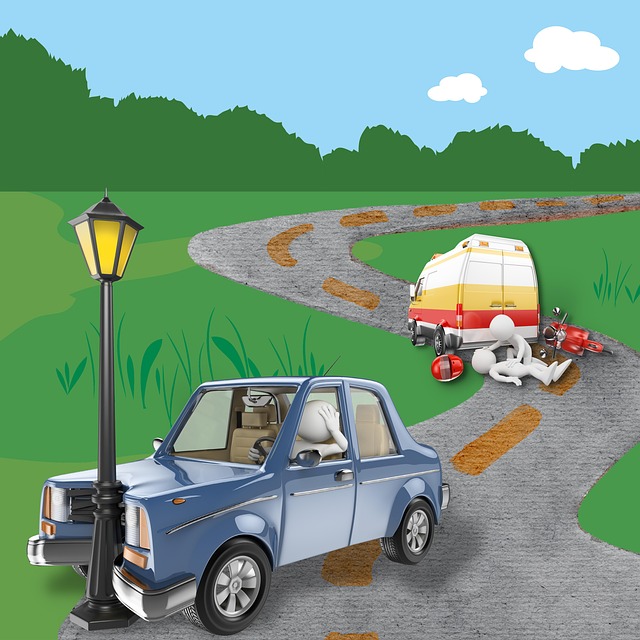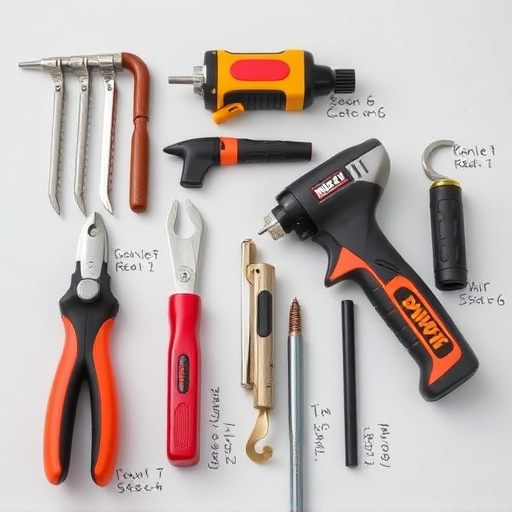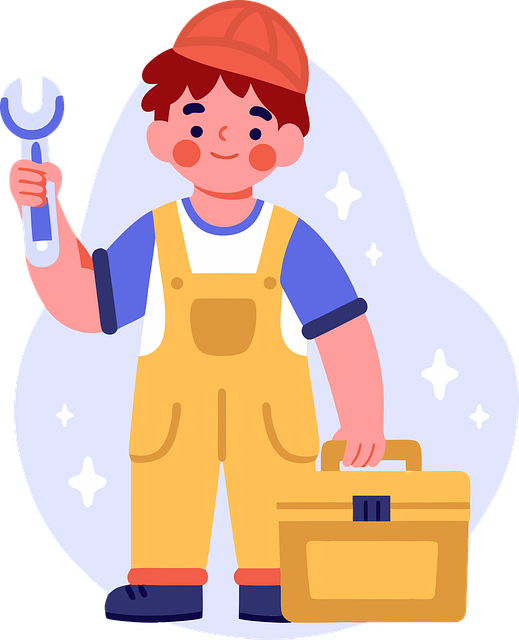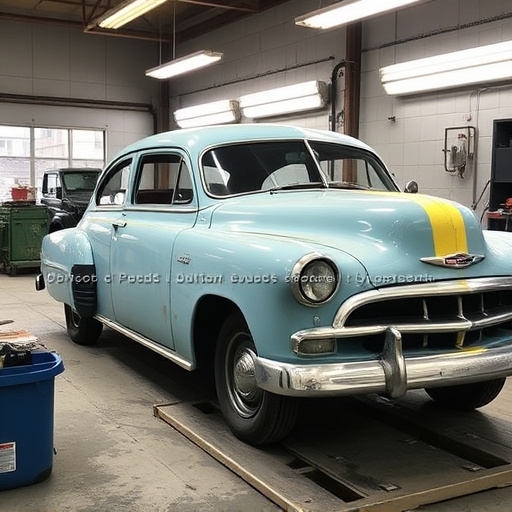Laser frame alignment revolutionizes car restoration and repair by using precise laser beams for accurate structural analysis and adjustment, eliminating manual methods and streamlining processes in body shops. This technology offers significant benefits such as faster turnaround times, high-quality repairs, cost savings, and enhanced customer satisfaction, making it a game-changer that enhances efficiency and reduces costs in the automotive repair industry. Best practices like clean workspaces, proper training, and regular calibration ensure remarkable accuracy in identifying misalignments and damage for top-notch repairs.
Laser frame alignment is transforming the repair industry by offering a precise, efficient, and cost-effective solution. This advanced technology ensures perfect panel positioning, reducing manual labor and material waste. By quickly identifying misalignments, laser alignment saves time and money, especially in complex repairs. In this article, we’ll explore the basics of laser frame alignment, its numerous advantages, and implementation best practices to help you optimize your repair processes.
- Understanding Laser Frame Alignment: The Basics
- Advantages of Adopting Laser Frame Alignment in Repairs
- Implementation and Best Practices for Effective Laser Frame Alignment
Understanding Laser Frame Alignment: The Basics

Laser frame alignment is a cutting-edge technology revolutionizing car restoration and vehicle repair processes in car body shops. It’s an advanced technique that utilizes precise laser beams to measure, analyze, and adjust the structural framework of a vehicle, ensuring its components are aligned correctly. This method offers a highly accurate and efficient way to realign bent or damaged frames, which is often a critical step in car restoration projects.
By employing this technology, car body shops can achieve remarkable results with minimal effort. Laser frame alignment eliminates the need for traditional, time-consuming methods, such as manual measurements and adjustments. It streamlines the repair process, enabling technicians to quickly identify misalignments and correct them with laser precision. This not only saves valuable time but also ensures consistent, high-quality repairs, ultimately leading to cost savings for both the shop and its customers in vehicle repair.
Advantages of Adopting Laser Frame Alignment in Repairs
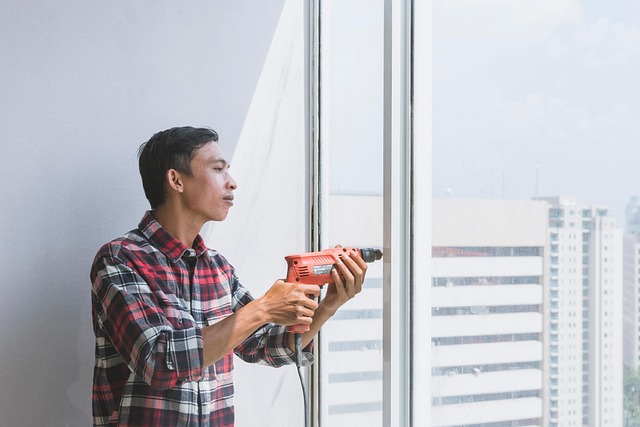
Adopting laser frame alignment in repairs offers significant advantages for both auto body shops and automotive repair facilities. One of the key benefits is the increased efficiency it brings. Traditional methods often rely on manual measurements and adjustments, which can be time-consuming and prone to human error. With laser technology, these processes are streamlined, enabling faster turnaround times without sacrificing precision. This improved efficiency directly translates to cost savings for both shops and their clients.
Additionally, laser frame alignment ensures more accurate repairs, particularly in complex cases like vehicle dent repair. Its non-invasive nature allows technicians to assess and realign metal panels with minimal impact, preserving the integrity of the vehicle’s original structure. As a result, auto body shops can achieve superior outcomes, enhancing customer satisfaction and building their reputation as reliable service providers in the competitive automotive repair industry.
Implementation and Best Practices for Effective Laser Frame Alignment
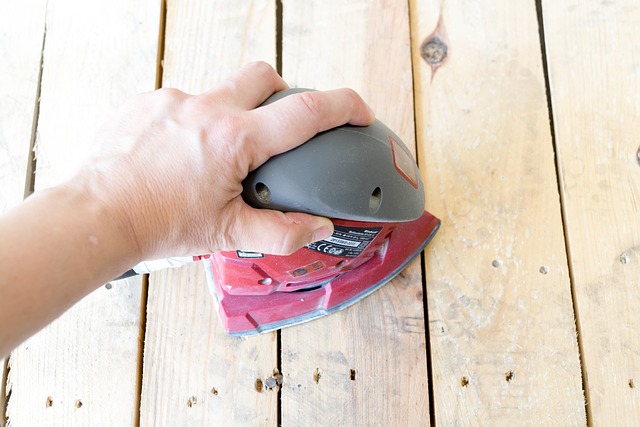
Implementing laser frame alignment in auto repair services is a game-changer when it comes to enhancing efficiency and reducing costs. This advanced technology enables precise measurements and adjustments, eliminating the need for traditional time-consuming methods. By utilizing laser sensors, technicians can quickly scan and analyze a vehicle’s frame, identifying any misalignments or damage with remarkable accuracy.
Best practices for effective laser frame alignment involve ensuring a clean and dust-free workspace to optimize sensor performance. Proper training of personnel is crucial; technicians should be adept at operating the equipment and interpreting the data to make informed decisions. Regular calibration and maintenance are essential to keep the system accurate and reliable, thereby minimizing errors in bumper repair or other vehicle repair tasks.
Laser frame alignment is a game-changer in the repair industry, offering significant time and cost savings. By adopting this advanced technology, repair shops can streamline their processes, reduce labor hours, and minimize material waste. The precision and efficiency of laser frame alignment ensure faster turnaround times, happier customers, and a competitive edge. With its numerous advantages, it’s no wonder this method is revolutionizing the way we approach repairs, making it an essential consideration for any forward-thinking business in the sector.
